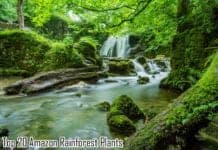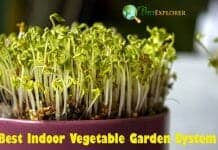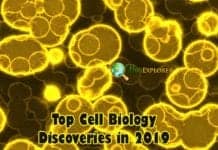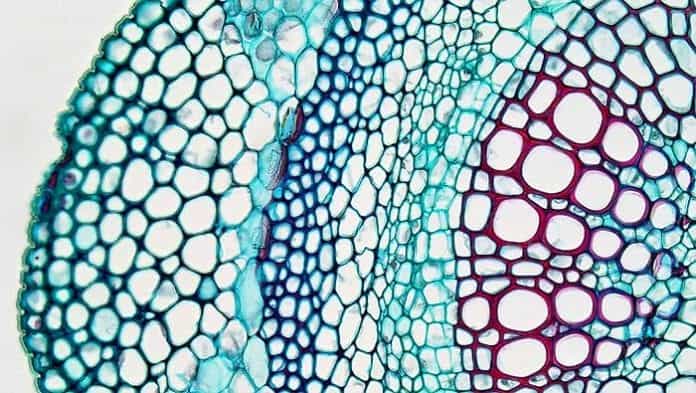
As compared with animals, plants have a relatively simpler structural design. For instance, all plants are made up of the simple progenitor cells – the parenchyma cells.
In general, these cells[1] serve as the foundation of the ground tissue system in plants. Freshwater algae, which are thought to be the precursor of land plants, suggest that they are one of the earliest plant cell types in the Kingdom Plantae.
To help you learn more about these cells, below is a comprehensive review about the anatomy, morphology, as well as the physiology of parenchyma cells in living organisms.
Table of Contents
Discovery of Parenchyma Cells
The word parenchyma comes from the Greek word “parenkhyma“[2] which literally means “something poured in beside“. The word parenchymal is an adjective which can be used to explain an organ that provides the characteristics or functions of a parenchyma cell (e.g., being parenchymal).
- The exact date of the discovery of parenchyma cells is unknown. However, scientists believe that it is not long after Robert Hooke discovered plant cells during the 17th century.
![]()
Structure of Parenchyma Cells
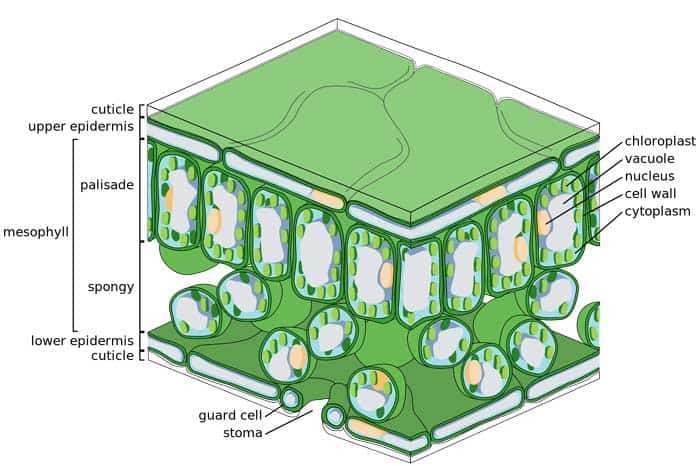
Plant parenchyma cells are believed to be the precursor of differentiated and specialized cells and tissues. The parenchyma is the simplest among the three types of plant cells because they only have a very thin layer of cell walls.
- In terms of shape, they are classified to be isodiametric. Because their walls are very thin, the shape of these cells is believed to be governed by the function of pressure and tension around the cells. Generally, cells always maximize their volume capacity and would have to distribute the pressure all over the structure; hence, they would have to assume a somewhat spherical shape.
- In general, parenchyma cells[3] carry huge amounts of chloroplasts, ribosomes, ER, and Golgi bodies. Depending on what type, they may carry starch, proteins, fats, pigments, and even crystals.
- The thin cell walls of parenchyma cells are composed of cellulose, hemicellulose, and calcium pectate. The plasmodesmata and the middle lamella are also commonly present.
In some few cases, however, parenchyma cells can have thick walls (i.e. endosperm of date palm, coffee, and persimmon). The sugars present in these thick walls become the nutrients for the germinating embryo.
Furthermore, some parenchyma cells may also develop lignified or secondary walls and may even be indistinguishable from sclerenchyma cells.
![]()
Distribution of Parenchyma Cells in Plants
Parenchyma cells occur throughout the plant structure. They may either be present as an independent mass of tissue or be linked with other cells in different tissues. These cells are important constituents of various tissues in plants such as pith, cortex of roots and stems, as well as the mesophyll in the leaves. They can also be found in the transport tissues xylem and phloem.
- Basically, the arrangement of parenchyma in different plant tissues greatly depends on their function. For instance, parenchyma cells in the spongy mesophyll tend to have large intercellular spaces in order to facilitate their function of greater exposure for carbon dioxide.
- In terms of arrangement, mature parenchyma cells are generally arranged with little intercellular spaces between them. However, there is still always a great difference as regards to the arrangement of these cells in plants.
![]()
Functions of Parenchyma Cells
The parenchyma cells were of the first cells that had intrigued early botanists because of its role in plant development and survival. Despite being the least specialized, they perform a wide variety of functions in plants. The following are some of these major functions.
1. Storage
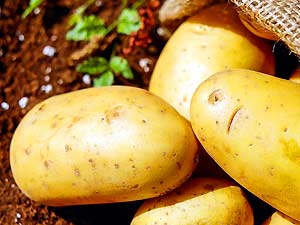
Because of their very large intercellular space, parenchyma cells are suitable for storage purposes. Parenchyma cells, known as storage parenchyma, possess no chlorophyll and instead are composed of the stored food product (usually starch).
- Instead of the chloroplasts, these cells harbor the specialized structure called amyloplasts. An example of this specialization is the high amount of starch present in tubers (root crops) such as potatoes and cassava.
- With their large intracellular spaces, they are also capable of storing water. Such type of parenchyma cells is present in succulent plants.
![]()
2. Transport

Some parenchyma cells are adapted to function for the transport of nutrients, substances, and other chemicals. Others, known as transfer cells, are used to transport huge quantities over short distances.
- These parenchyma cells have several modifications like the presence of ridges and folds order to increase surface area for absorption. This type of parenchyma also has thicker yet non-lignified secondary cell wall.
- Some (known as sieve elements) transport a relatively lesser amount but over long distances. Furthermore, some these cells are responsible for transporting light from the surface of the soil to the underground.
![]()
3. Photosynthesis
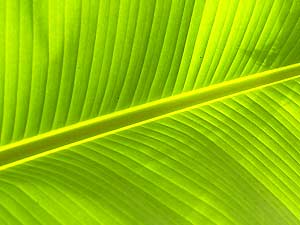
As alluded to earlier, some parenchyma cells carry huge amounts of chloroplasts for photosynthesis. These cells collectively make up the chlorenchyma tissue present mostly in the stem and leaves of plants.
- The chlorenchyma[4] is made up of two parts:the palisade and the spongy chlorenchyma.
- The palisade chlorenchyma is made of parenchyma cells with small intercellular spaces. In this way, the plant is able to maximize its surface area to acquire sunlight.
- On the other hand, the spongy chlorenchyma has cells with huge gaps in distances in order to facilitate aeration.
![]()
4. Gas Exchange
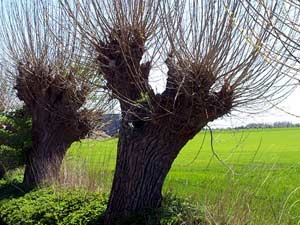
Group of parenchymal cells compose the aerenchyma tissue[5], a type of tissue specialized for giving the plant the ability to float The tissue is made up of loosely arranged and mechanically weak parenchyma cells; therefore, the tissue lacks stiffness.
- However, this is definitely an advantage since too much thickness may drag the plant down and cause suffocation.
- An example of this is the root system of the willow root.
![]()
5. Protection
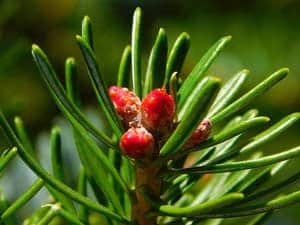
Despite their simple structures, parenchymal cells can also function for plant protection. For instance, gymnosperms have the so-called folded parenchyma which is composed of cells with various invaginations to their edges.
- This modification creates coarser leaf surfaces that help in deterring predators.
![]()
6. Serve As Precursor To Other Cell Types
Parenchyma cells are the least differentiated cell and therefore have the ability to transform to other cell types before, during, and even after development. Aside from that, these cells are considered to be totipotent. Meaning, all types of cell fates is possible.
- A specialized type of tissue, called the meristematic parenchyma, is composed of group of parenchyma cells that have retained their dividing ability. For instance, when a plant gets wounded, the surrounding parenchyma cells may develop to replace the lost cells.
- The parenchymal cells that make up this tissue are immature, multi-nucleated, and non-vacuolated.
![]()
While much is known about the physical characteristic and systematic distribution of the parenchyma, there is rather less information about the molecular biology and biomechanical properties of its cell wall. This too is still up for future studies.
![]()
Cite This Page
References
- [1] – “Parenchyma”. Accessed October 30, 2017. Link.
- [2] – “parenchyma | Origin and meaning of parenchyma by Online Etymology Dictionary”. Accessed October 30, 2017. Link.
- [3] – Ground Tissues Parenchyma Collenchyma & Sclerenchyma. Accessed October 30, 2017. Link.
- [4] – “Cell structure of chlorenchyma. – Lifeeasy Biology: Questions and Answers”. Accessed October 30, 2017. Link.
- [5] – “Plant_Bodies_Cell_Types”. Accessed October 30, 2017. Link.


